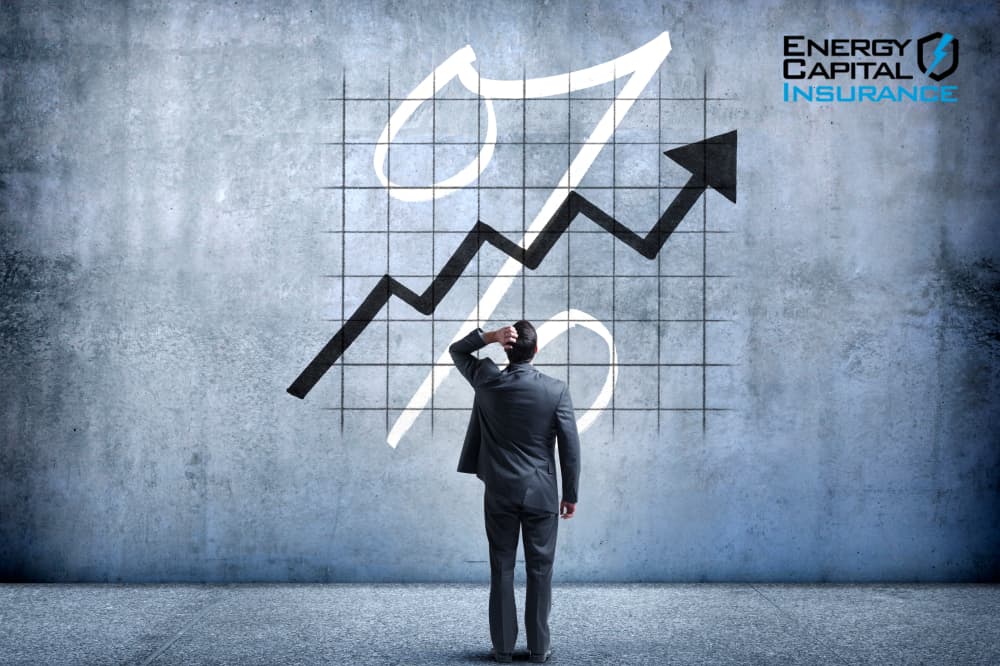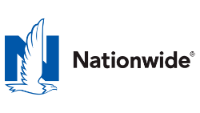

Insurance rates are rising, here's why.
Anyone who has received their insurance renewal policy within the last 6 months has noticed that their insurance premiums have increased. On average in Texas, consumers have seen premium increases averaging between 30% and 40%, and sometimes even more. This phenomenon is not limited to just a few insurance carriers; rather, the increases are occurring on an industry wide level that encompasses almost all carriers and both auto and property insurance.
What is driving the current insurance market in Texas, and what can we expect in the months and years to come?Let’s look behind the curtain to examine the factors that go into insurance prices. To begin with, like it or not, your personal insurance premiums are not directly correlated to the amount of personal risk your driving habits or property condition poses to the insurance company. Insurance premiums are the product of a conglomeration of risk analysis, historical data, and statistics at both the state and local levels combined with the risk calculations of each individual and property on any given policy.
Insurance Carriers Are Trying to Recoup Costs
That being said, the last decade in the Texas insurance market has been tough on insurance carriers. That may seem hard to believe when you look at your out-of-pocket costs to carry insurance; however, that premium figure you are looking at on your invoice is actually your insurance company playing a defensive game to recoup their profitability because of their inability to predict the combination of factors that have come together over, specifically, the last five years to leave them facing the possibility of having to pull out of the Texas market completely. A multitude of smaller carriers have lost this game and as of the third quarter of 2022 no longer writing business in Texas.
So, exactly what has been so devastating to the insurance industry in Texas?
The problems began with Hurricane Harvey. Troubles were multiplied by unusually severe wind and hail storms that devastated the middle and northern territories of the state. Combine that with the impact on labor and material costs brought about by the Covid-19 pandemic and the unprecedented hard freeze two years ago and the result is that by the end of 2021 no insurance carrier in Texas reported a profit. In the year 2021 alone, there were 18 “disaster level” storms in Texas. There simply has been no opportunity to recoup the losses the industry has incurred by smaller increases over a longer period of time.
As of real time 2022, the cost of used and new cars has increased by 26.4% and 9.8% respectively over last year. The cost of building materials has increased by 18.6% in the last year. The covid induced labor shortage has resulted in a need for 3 times the current number of trained technicians, meaning skyrocketing labor costs and longer process times for repairs. Now consider that the average severity of storm-related damage has increased by 18.4% over the last two years. Insurance carriers across the state are reporting an increase in the cost of the average claim payout to be as high as 20%. Consider that, in light of the fact that in the pre-Harvey years it took an average of three consecutive renewals for an insurance carrier to break even on a policy, you can easily see why the Texas insurance market is in distress.
In the year 2021 alone, there were 18 “disaster level” storms in Texas. There simply has been no opportunity to recoup the losses the industry has incurred by smaller increases over a longer period of time.
What does this mean moving forward for the average consumer?
Your renewal premiums will definitely increase. You may find minimal relief in shopping your insurance every renewal with multiple carriers; however, even new business premiums will be significantly increased in comparison with years past. While carriers are reporting positive profitability trends as a result of tighter underwriting regulations and increased premiums, industry experts are predicting at least 4 to 5 years of “higher than normal” insurance premiums before we see the market shift again. The informed consumer will find a carrier that provides them with an agent who understands the market changes and the forces driving them.
No two carriers are the same when it comes to the level of coverage in the policies they offer. Having a knowledgeable advisor to help you identify your specific coverage needs and find the right protection at the best value is key to surviving the current insurance market.
If you would like more information about insurance coverage or if you would like to request a complimentary, no obligation quote for coverage,
please contact Energy Capital Insurance at 832-604-2160 or request a free quote online.
Energy Capital Insurance Works with National Carriers Including







